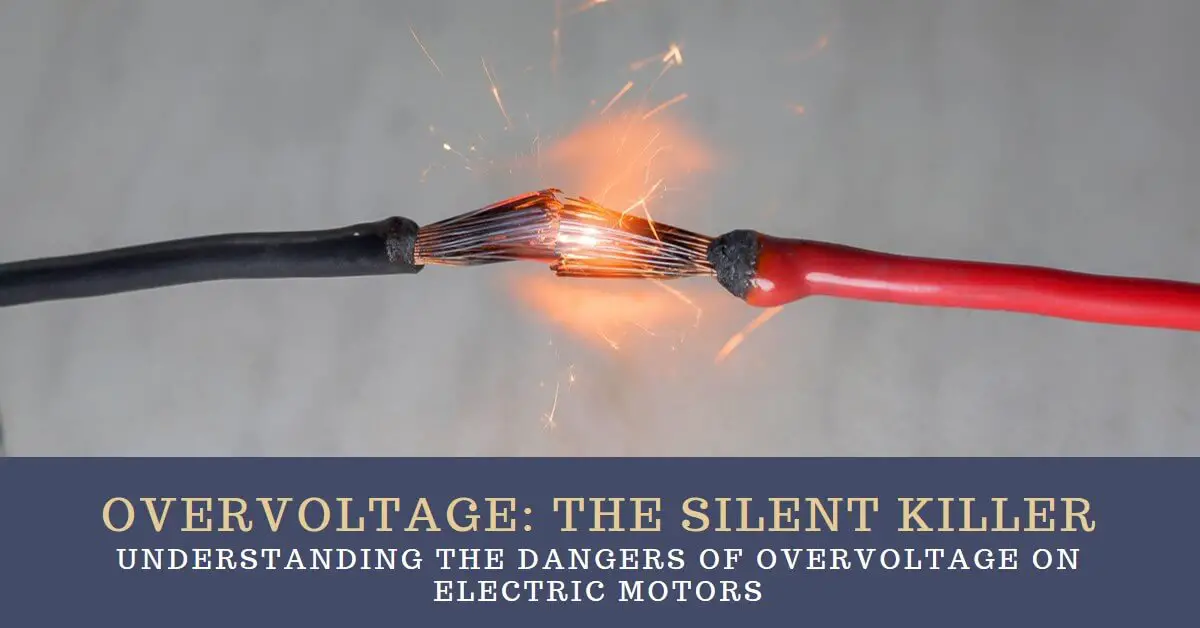Hi all,
I have two Macmon mills, the M100c was made (according to the nameplate) in Switzerland in 1973 and the M100e in Germany in 1989.
I was just wondering, does anyone know how their numbering system worked to figure out what the differnce would have been between them? This is now apart from the visual differences, ie, variable speed control and so on.
There seems to be a M100L as well, but hey.
If anyone has any info, it would be appreciated.
Thanks.
I have two Macmon mills, the M100c was made (according to the nameplate) in Switzerland in 1973 and the M100e in Germany in 1989.
I was just wondering, does anyone know how their numbering system worked to figure out what the differnce would have been between them? This is now apart from the visual differences, ie, variable speed control and so on.
There seems to be a M100L as well, but hey.
If anyone has any info, it would be appreciated.
Thanks.










